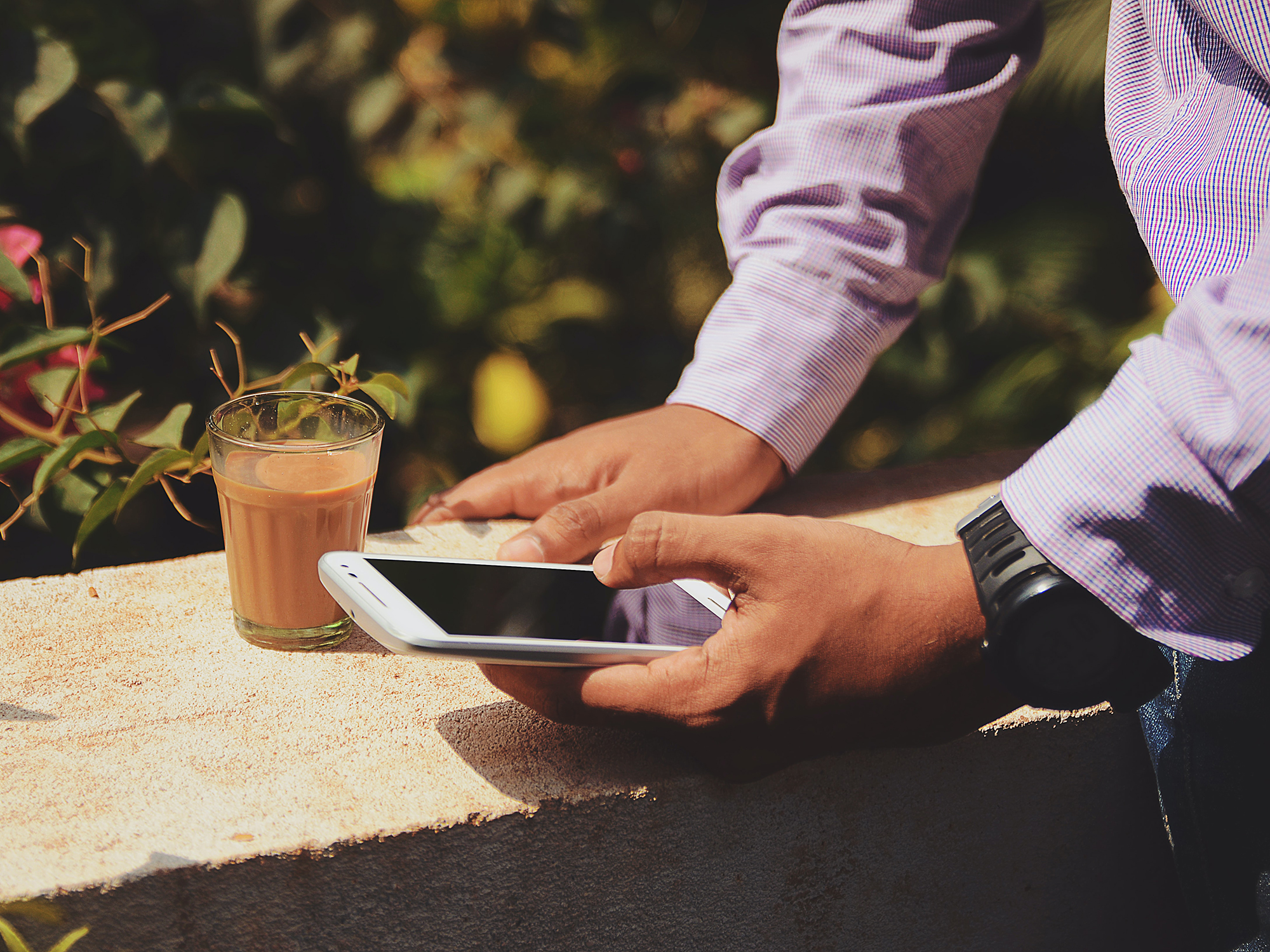

We’re all now comfortable with streaming everything from the cloud: movies, music, documents, even games. But there are times when it pays to actually use up some of your phone’s local storage.
Having files actually saved on your phone means you won’t be cut off on long plane or train rides without an internet connection, ensures you won’t have to wait an age for large files to download, and can significantly reduce the strain on your phone’s data plan while you’re away from home.
Whether you’re prepping for a trip without a reliable link to the web, or you just want a safety net in case your Wi-Fi goes down, you can save just about any file to your phone if you need to.
Transferring files on Windows and macOS
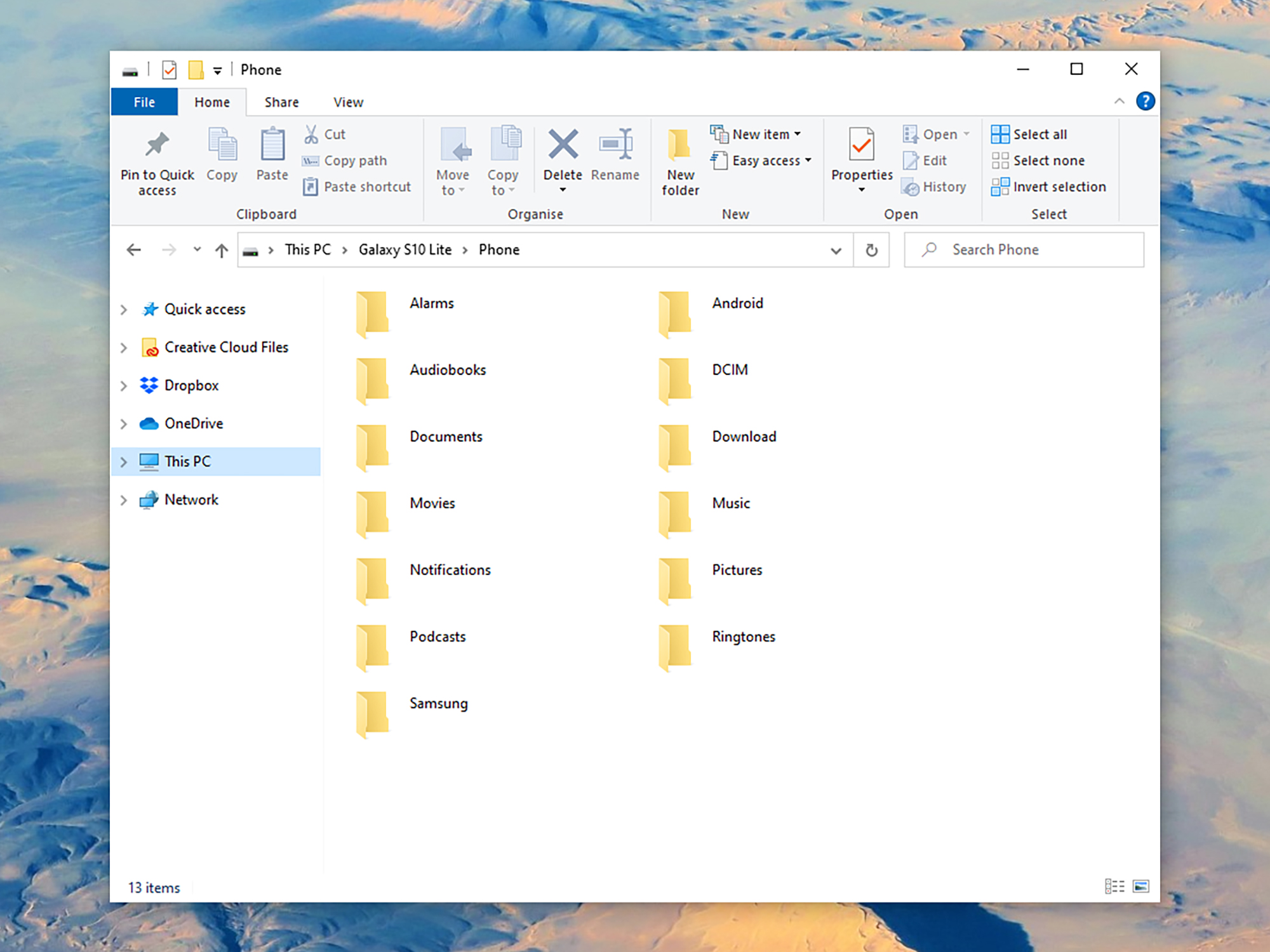
You can just plug your phone into your computer and transfer files that way, though iPhones are a little more restrictive than Android phones regarding what you can and can’t do using this method.
If you’re on a Mac, a plugged-in iPhone will show up in Finder. Click the iPhone entry in the navigation pane on the left, open the Files tab, and you’ll be able to drag and drop files over. The only restriction is that you’ll have to select one or more apps to open the file—the apps on your iPhone will all be listed in the Files tab.
For moving files between a Mac and an Android phone, you’ll need the free Android File Transfer tool from Google. Once it’s installed, you’ll be able to see a connected Android phone, and drag and drop files between it and your Apple computer.
[Related: How to access your Apple apps and data from an Android device]
Over on Windows, plug an iPhone in and it’ll show up in File Explorer after a few seconds. However, you’ll only have access to the photo and video folder for transferring files. Plug in an Android phone, on the other hand, and you’ll be able to access all of the device’s folders in File Explorer. If your device doesn’t show up, tap the Android system notification on your phone and select the file transfer option from the list that appears.
Saving files from cloud storage
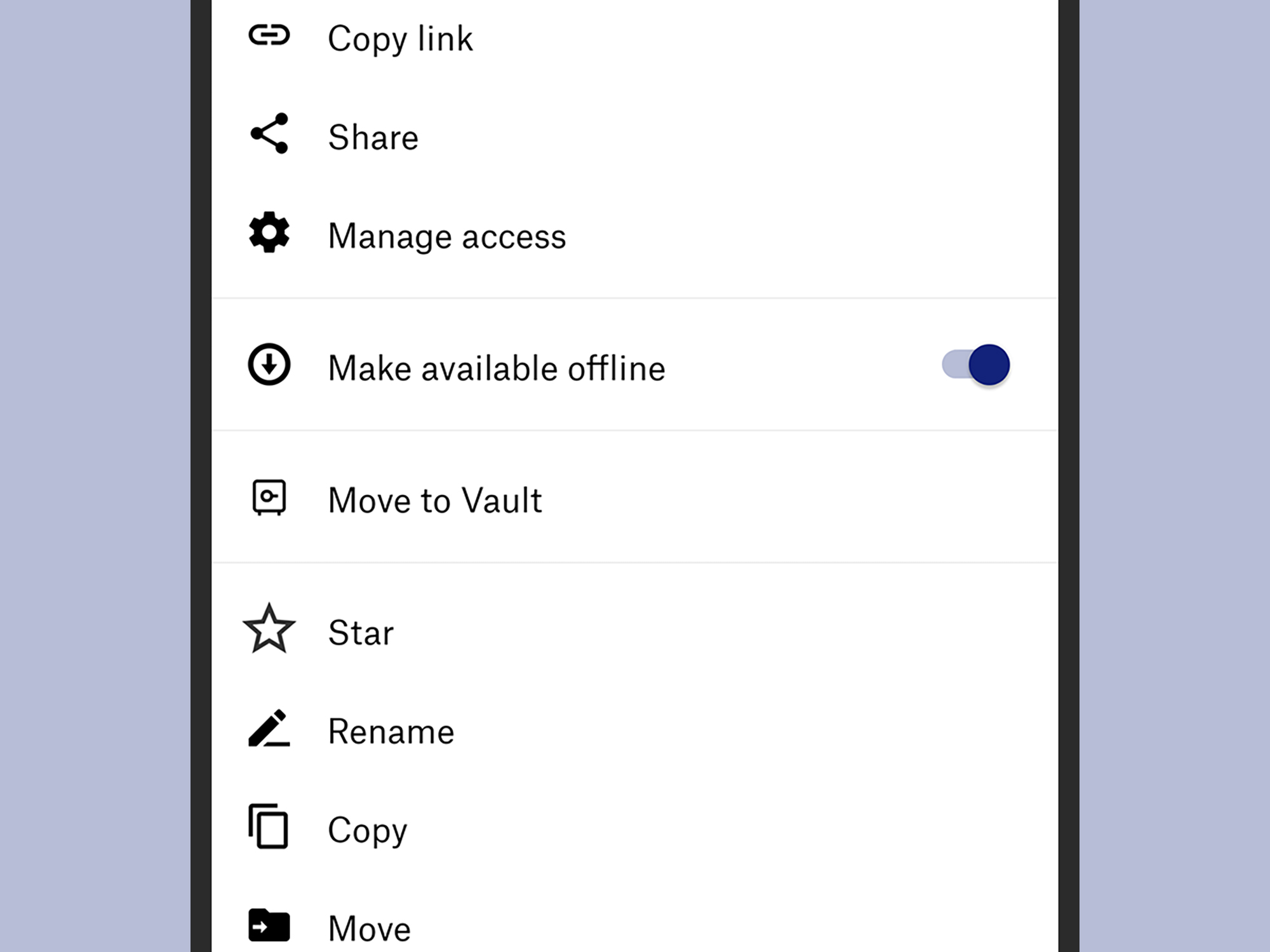
Using a cloud storage service and app is often an even easier option for transferring files to and from your phone—you’ll just need to make sure the relevant app is installed on both your phone and your computer, that syncing is enabled, and that the files you need are marked as being stored on the phone.
In the Files app for iOS, you can press on a file, then choose Download to sync it to your device. In Google Drive for Android and iOS, tap the three dots next to any file and choose Make available offline. If you’re a OneDrive user, tap the three dots next to any file in your Android or iOS app and choose Make available offline.
Dropbox is another popular cross-platform cloud storage service with apps available for Android and iOS. Tap the three dots next to any folder or file while you’re browsing through the app and you’ll see a Make available offline toggle switch that you can use to sync files to your device.
We can’t cover every cloud storage app, but most will have an offline file sync feature that works in a similar way. Your designated files will then be available at all times, with or without an internet connection.
Downloading movies and TV shows
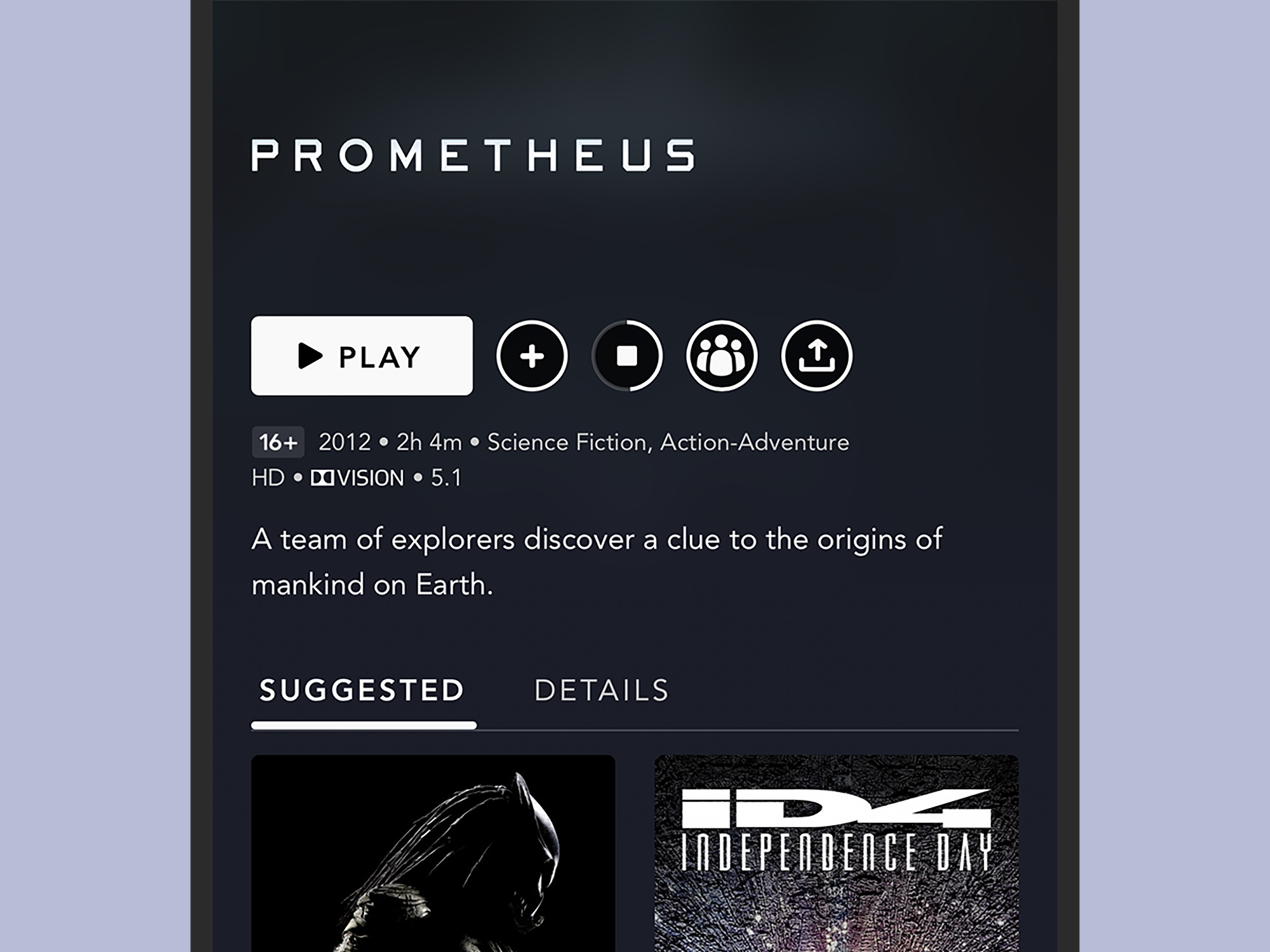
Even if you’ve fully embraced the streaming revolution, you can still sync movies and TV shows to your phone to watch offline. All the popular video streaming apps support this feature, so it’s just a question of finding out where it is.
If you’re a Netflix subscriber, look for the Download button that appears when you bring up the full listing page for a movie or TV show in the Android or iOS app. You can then tap on the Downloads button (lower right) to see everything that’s stored on your phone. That same Downloads button also leads you to a Netflix feature called Downloads for You, which automatically downloads a selection of content based on what you’ve watched before.
[Related: Hack Netflix with these add-ons and tricks]
Disney Plus is another streaming service that supports offline downloads via its Android and iOS apps. Open any film or show and you’ll see little download arrows next to the listing (one if it’s a movie, more if it’s an episodic TV show); tap on any arrow to save the content. You’ll see the same symbol on the navigation bar at the bottom, which will take you straight to your synced content.
YouTube supports downloads as well, but only if you’re a YouTube Premium subscriber. Inside the app for Android or iOS, tap the three dots next to any video while browsing and choose Download video to save it. There’s also a Download button underneath videos when you open them up. To see your saved videos in the YouTube app, tap Library and then Downloads.
Music
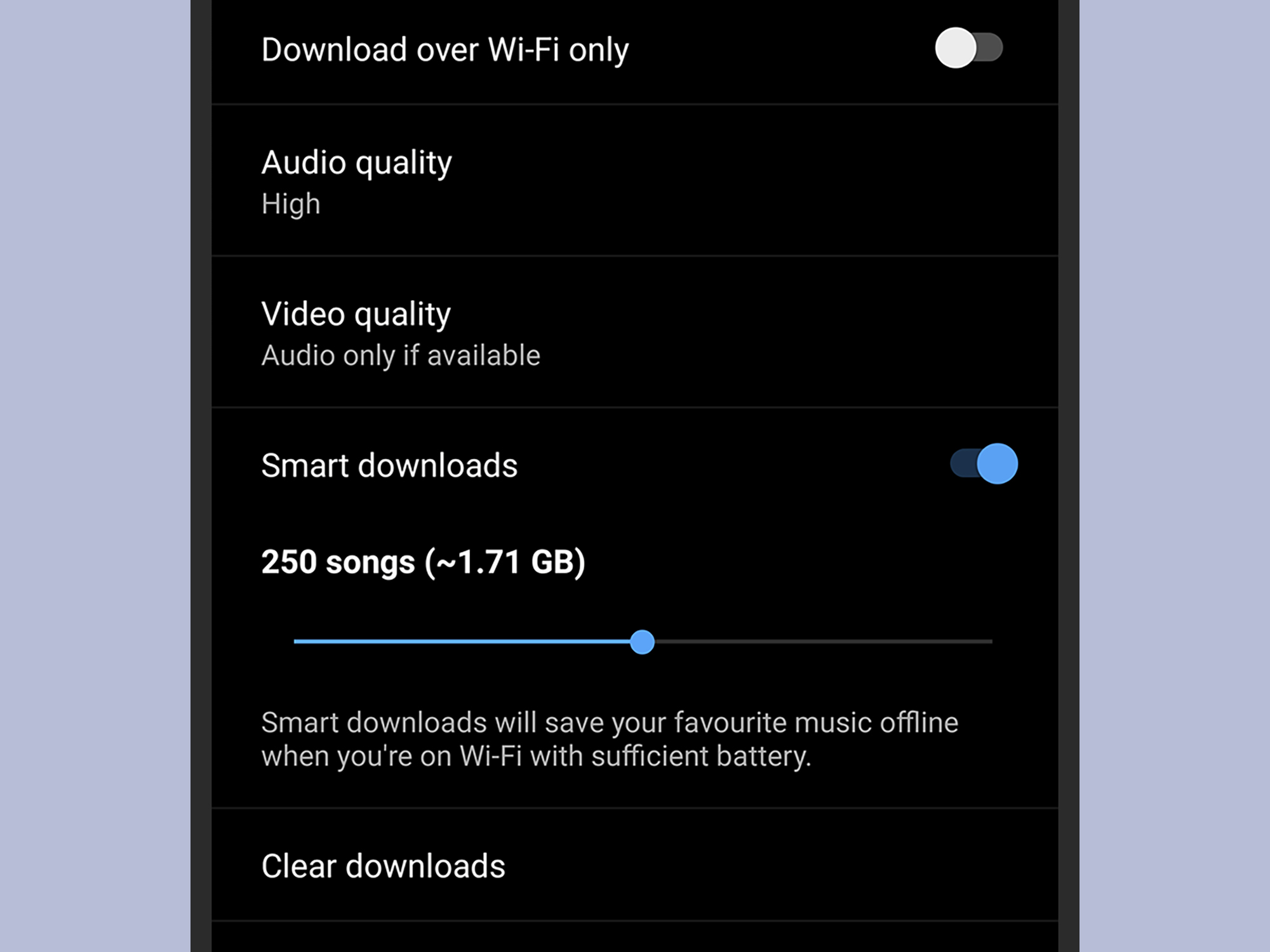
You can sync tracks to your phone from music streaming services too, though you’ll need to be a paying subscriber. The services that do offer a free tier keep offline downloads as one of the premium features.
One of those is Spotify. Open the app on Android or iOS, and if you browse to a playlist or an album, you’ll see a Download toggle switch at the top to save it to your phone. If you open up the app’s Settings page via the cog icon on the home screen, you can tap Offline mode to have the app only show downloaded music while you’re browsing.
In Apple Music for Android or iOS, meanwhile, tap the download button on any playlist or album page to store it locally—the button looks like a cloud with an arrow pointing down out of it. You can get to your saved music at any time by tapping Library, then Downloaded.
If YouTube Music is your jukebox service of choice, you can save content by tapping on the little downward arrow icons that appear on album and playlist pages in the apps for Android and iOS. Tap Library, then Downloads to see saved music, then tap the cog icon and enable Smart downloads if you want the app to automatically sync some of your favorite music to your device.
